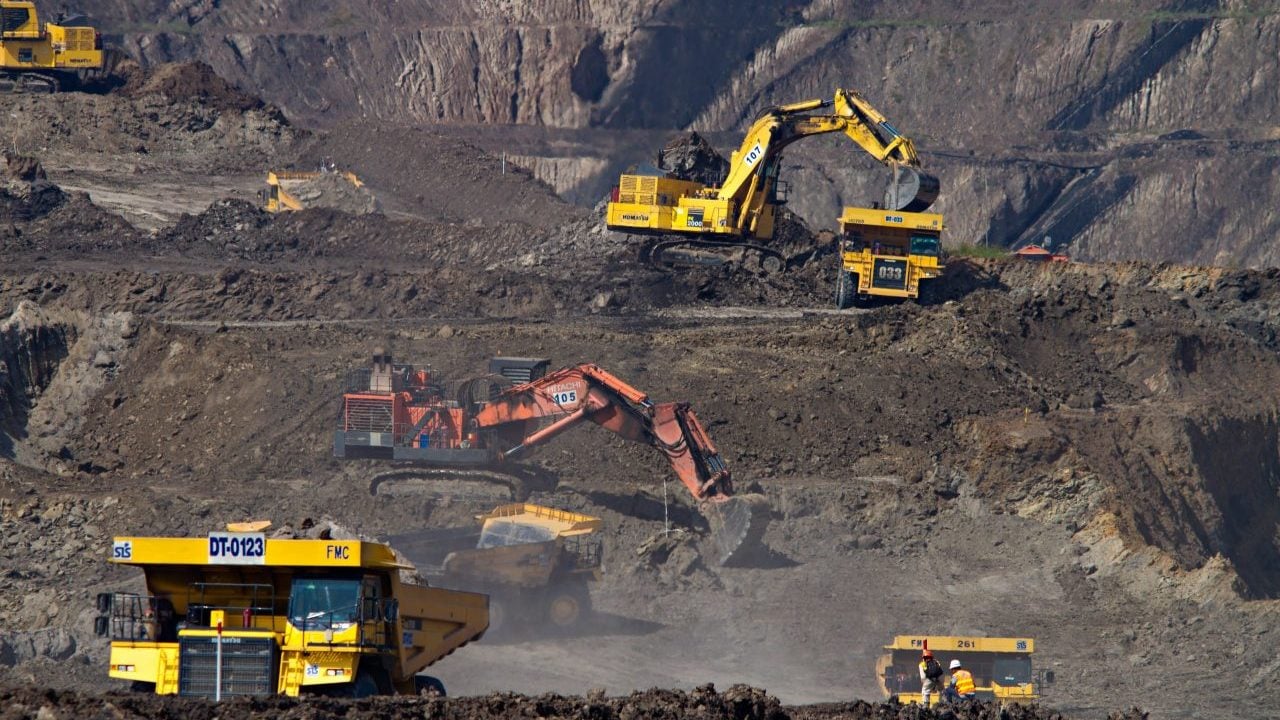Madrid (EFE).- Smoke from more than a hundred fires devastating Canadian forests has crossed the Iberian Peninsula and reached Italy, but is not expected to have a significant impact on surface air quality in Europe, according to the Copernicus Atmospheric Monitoring Service (CAMS).
Smoke from forest fires in Canada reached northwest Spain and Portugal on Monday, passed through Madrid, this Wednesday covered most of the peninsula and also reached the Canary Islands.
These suspended particles veiled the sky in different parts of Spain, such as Galicia, Extremadura, Andalusia or Madrid, and even entered the Mediterranean, as far as Italy.
This was explained on Wednesday by the State Meteorological Agency (Aemet) from its Twitter account, in a publication in which it also pointed out that this phenomenon could have caused the temperatures recorded on Tuesday “to be slightly lower than expected.
“What is happening in certain parts of the planet may end up being noticed in very distant places,” Aemet pointed out in another tweet on Monday in which he shared a satellite image indicating that “smoke from the fires in Canada is reaching the Iberian Peninsula”, while “further south, we see the suspended dust of the Sahara”.
Moving masses of particles in suspension
This Wednesday, two episodes were added to the Canary Islands which respond to the movement of masses of particles in suspension: on the one hand, the aerosols generated by the Canadian burns and, on the other hand, the mist in which the islands are immersed.
There, this Thursday could be the day when this conjunction of mist and ash particles is more pronounced, as detailed to EFE the territorial delegate of the National Meteorological Agency (Aemet) in the Canary Islands, David Suárez.
Meanwhile, the Canary Islands government, which has jurisdiction over air quality, is trying to determine what proportion of desert aerosols are generated by haze and what proportion are particulate matter linked to Canadian fires.
According to CAMS, the further increase in the intensity of wildfires in Canada towards the end of last week, caused a global episode of “particularly large long-range smoke movement across the North Atlantic”, which has reached Europe.
The specialists of this service specify that “a long-distance movement of smoke such as that of this episode tends to occur at higher altitudes, where the permanence of pollutants in the atmosphere is longer and whose manifestation generally present in the form of hazy skies”. with reddish or orange sunsets”, so “projected smoke drift is not expected to have a significant impact on surface air quality”.
Canada’s Worst Wildfire Season
The North American country records its worst wildfire season in its history, with some 76,000 square kilometers burned in the east and west; a larger area burned than the years of 2016, 2019, 2020 and 2022 combined, according to the Canadian Interagency Wildfire Center.
Canadian authorities have directly pointed to the climate crisis as responsible for the high number of fires, as well as their scale.
The Donnie Creek fire, the largest in British Columbia’s history in Canada, destroyed nearly 575,000 hectares of forest, a size that led the province’s fire service officials to give up on continue to fight the fire and they are confident that it will be extinguished in winter with the arrival of rain and snow.

“Amateur bacon nerd. Music practitioner. Introvert. Total beer junkie. Pop culture fanatic. Avid internet guru.”







